Fungi: Books
Further resources, if available, can be found in our full bibliography.
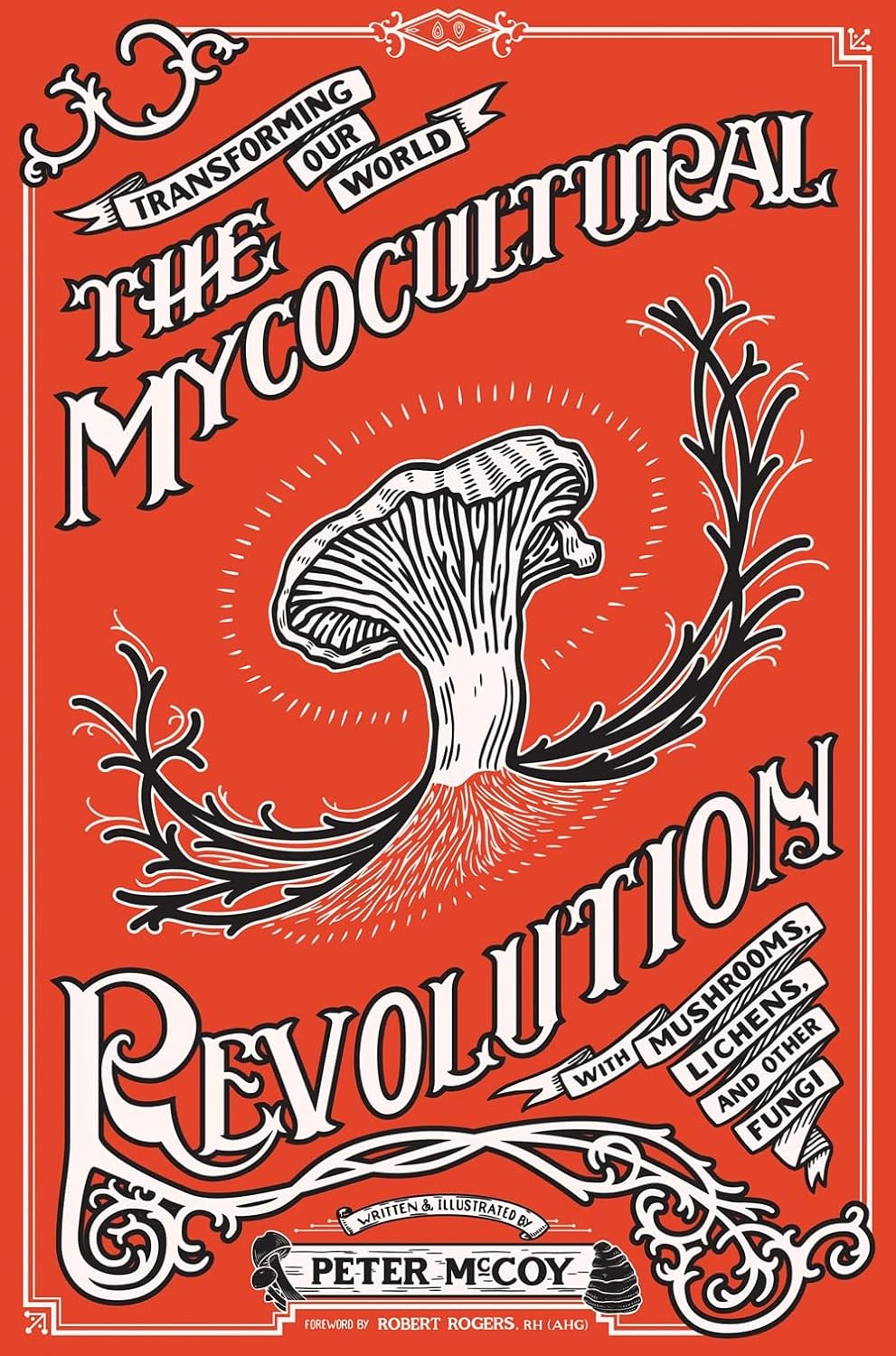
The Mycocultural Revolution: Transforming Our World with Mushrooms, Lichens, and Other Fungi
Peter McCoy
Microcosm Publishing
2022
Discover the glorious world of mushrooms, lichens, and micro fungi, as described by Peter McCoy, one of today’s foremost experts in the field. Covering the essential information and skills for identifying, cultivating, and celebrating the uniqueness of fungi, this book enables anyone to quickly and easily engage in the art and science of mycology—the study of fungi. Mycology offers vast opportunities to enhance humans’ lives, support their communities, and heal the environment. This first-of-its-kind introductory text is accessible for anyone just getting started in mycology, as well as for those seeking a fresh perspective on this important science. Learn general mycological facts, essential information and skills for identifying common mushroom types, foraging tips, delicious recipes, a growing guide, mycoremediation (using fungi to treat contaminated areas in the environment), mushroom-based crafts, and more.
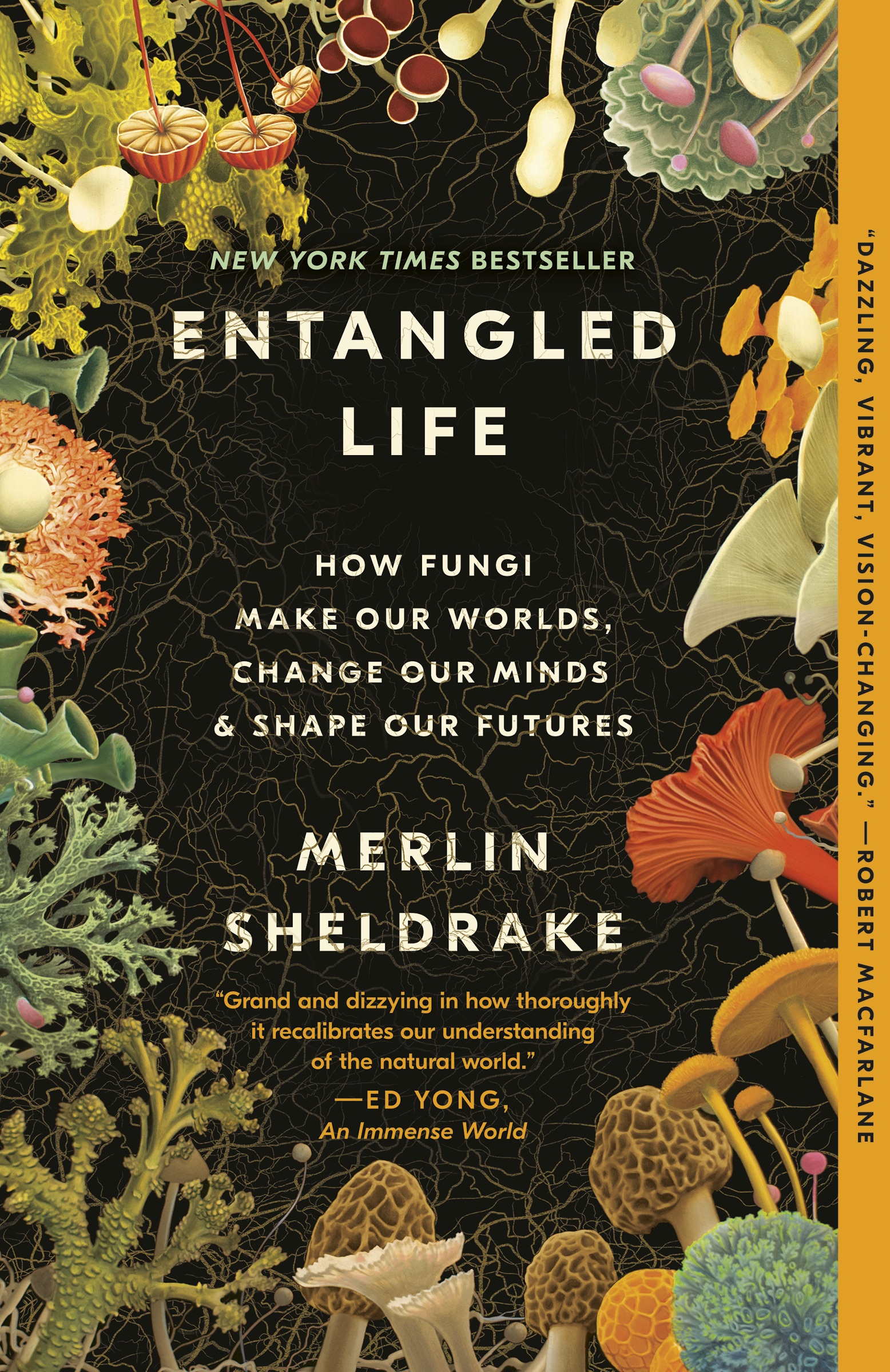
Entangled Life: How Fungi Make Our Worlds, Change Our Minds, and Shape Our Futures
Merlin Sheldrake
Penguin Random House
2021
In the first edition of this mind-bending book, Sheldrake introduced readers to this mysterious but massively diverse kingdom of life. This exquisitely designed volume, abridged from the original, features more than one hundred full-color images that bring the spectacular variety, strangeness, and beauty of fungi to life as never before. Fungi throw off common concepts of individuality and even intelligence into question. They are metabolic masters, Earth makers, and key players in most of life’s processes. They can change one’s mind, heal one’s body, and even help to remediate environmental disaster. By examining fungi on their own terms, Sheldrake reveals how these extraordinary organisms—and human relationships with them—are changing popular understandings of how life works.
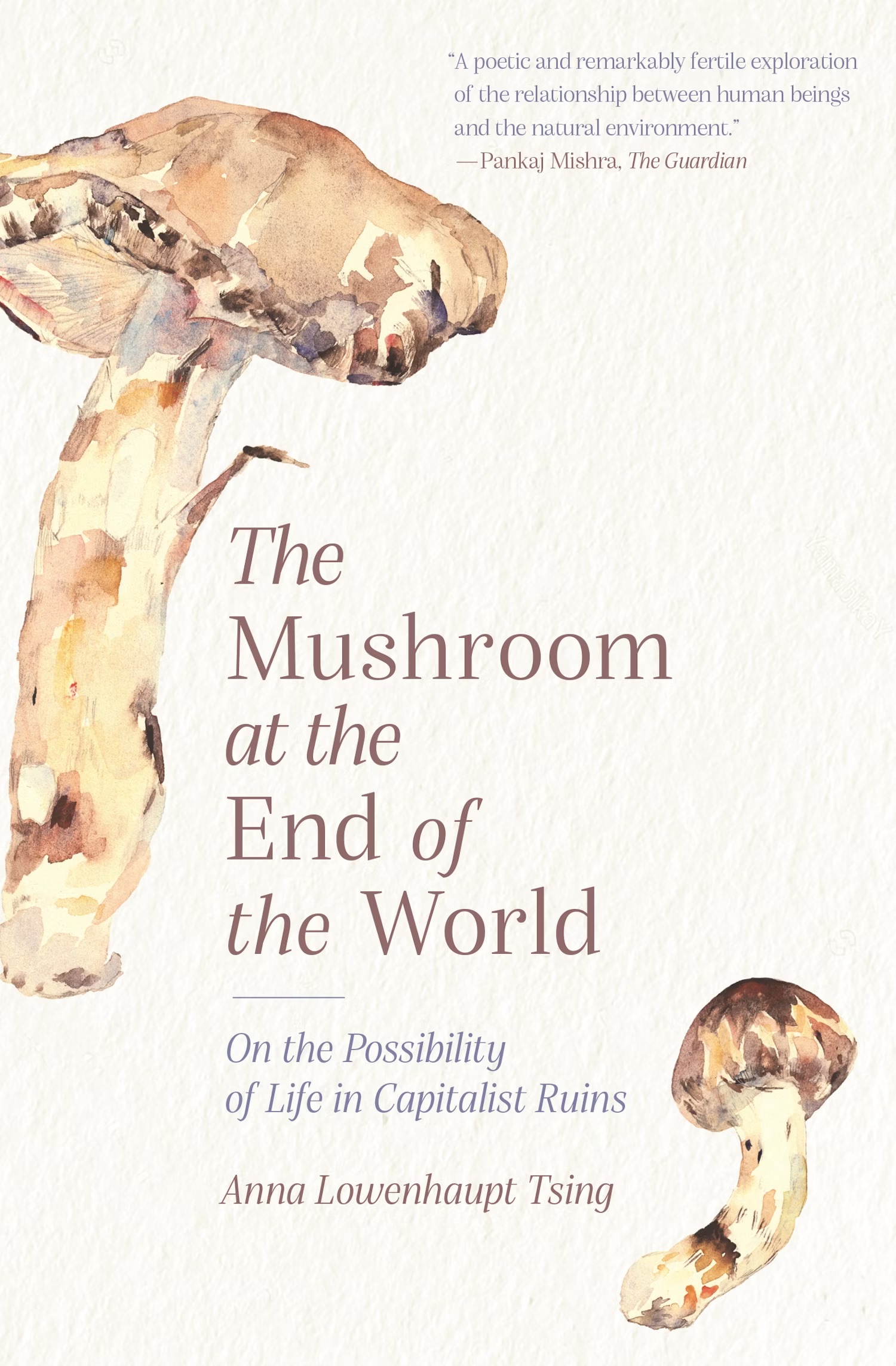
The Mushroom at the End of the World: On the Possibility of Life in Capitalist Ruins
Anna Lowenhaupt Tsing
Princeton University Press
2021
A tale of diversity within humans damaged landscapes, The Mushroom at the End of the World follows one of the strangest commodity chains of these times—the matsutake mushroom—to explore the unexpected corners of capitalism. Here, readers witness the varied and peculiar worlds of matsutake commerce: the worlds of Japanese gourmets, capitalist traders, Hmong jungle fighters, industrial forests, Yi Chinese goat herders, Finnish nature guides, and more. These companions also lead readers into fungal ecologies and forest histories to better understand the promise of cohabitation in a time of massive human destruction. By investigating one of the world’s most sought-after fungi, The Mushroom at the End of the World presents an original examination into the relation between capitalist destruction and collaborative survival within multispecies landscapes, the prerequisite for continuing life on Earth.
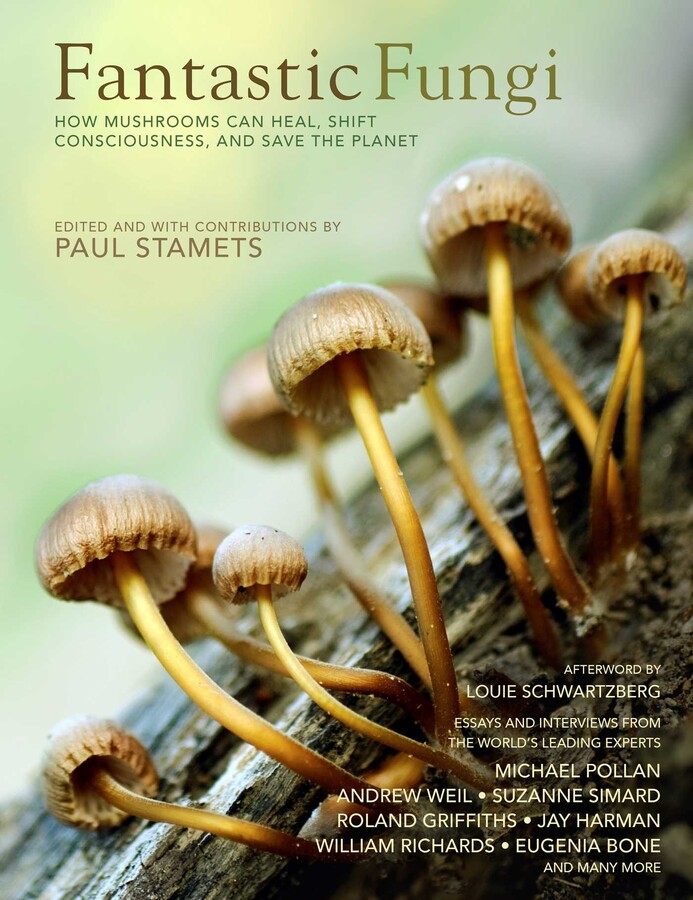
Fantastic Fungi: How Mushrooms Can Heal, Shift Consciousness & Save the Planet
Paul Stamets
Earth Aware Editions
2019
Paul Stamets, one of the world’s preeminent mushroom and fungi experts, is joined by leading ecologists, doctors, and explorers such as Michael Pollan, Andrew Weil, Eugenia Bone, Fantastic Fungi director Louie Schwartzberg, and many more. Together these luminaries show how fungi and mushrooms can restore the planet’s ecosystems, repair human physical health, and renew humanity’s symbiotic relationship with nature.
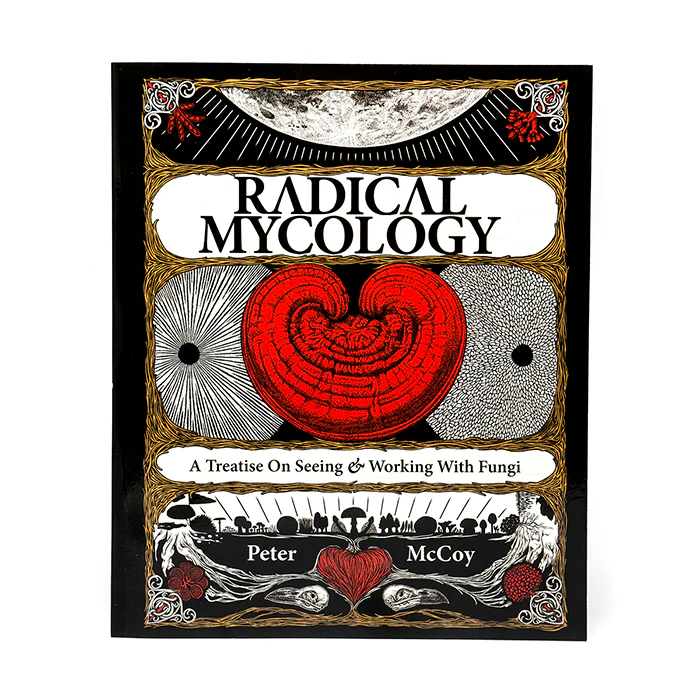
Radical Mycology explores the unique biology of fungi and their critical ecological roles, including the identification of mushrooms and mycorrhizal fungi, as well as the medicinal value of lichens. It provides readers with practical techniques for creating fungal medicines, growing food, and cultivating mushrooms sustainably using recycled tools. The book goes beyond traditional mushroom guides, covering natural mushroom farming principles influenced by permaculture and mycoremediation—the use of fungi to address pollution. It also delves into the social implications of mycelial networks and the history of psychoactive fungi. Suitable for both beginners and experienced mycologists, Radical Mycology serves as an essential resource for DIY homesteading, community organizing, and ecological awareness. More than just a guide to mushrooms, it calls for a deeper alliance with fungi to promote a healthier world, making it a classic reference for future generations.
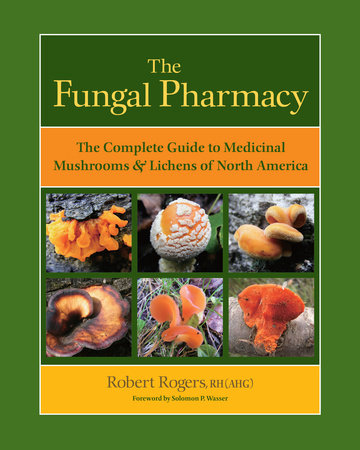
The Fungal Pharmacy: The Complete Guide to Medicinal Mushrooms and Lichens of North America
Robert Rogers
North Atlantic Books
2011
Noted herbalist Robert Rogers introduces readers to more than 300 species of medicinal mushrooms and lichens found in North America. These fungi have the capacity to heal both the body and—through the process of myco-remediation—the planet itself. Throughout the book, he documents their success in optimizing the immune system and treating a wide range of acute and chronic diseases, including cardiovascular, respiratory, and liver problems, blood sugar disorders, cancer, and obesity. The Fungal Pharmacy also outlines the medicinal traits and unique properties of each mushroom or lichen. The ultimate guide to identifying and healing with medicinal North American fungi, The Fungal Pharmacy is a valuable resource for mycologists, mushroom hunters, wild-crafters, and anyone interested in natural health care.
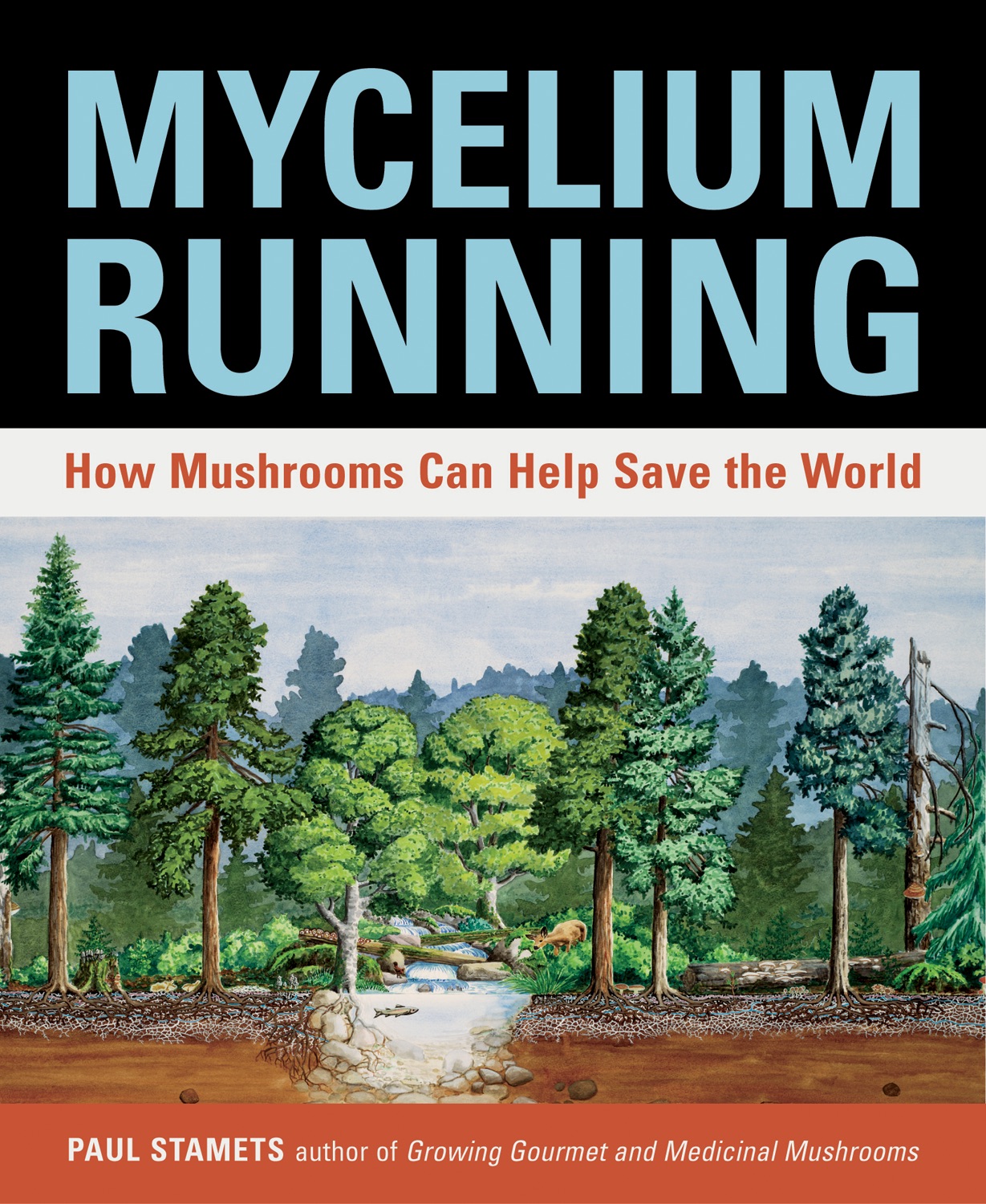
Mycelium Running is a manual for the mycological rescue of the planet. Mushroom expert Paul Stamets argues that growing more mushrooms may be the best thing humans can do to save the environment. Microscopic cells called “mycelium”—the fruit of which are mushrooms—recycle carbon, nitrogen, and other essential elements as they break down plant and animal debris in the creation of rich new soil. Stamets writes that humans can capitalize on mycelium’s digestive power and target it to decompose toxic wastes and pollutants (mycoremediation), catch and reduce silt from streambeds and pathogens from agricultural watersheds (mycofiltration), control insect populations (mycopesticides), and generally enhance the health of forests and gardens (mycoforestry and myco-gardening). In this comprehensive guide, readers will find chapters detailing each of these four exciting branches of what Stamets has coined “mycorestoration,” as well as chapters on the medicinal and nutritional properties of mushrooms, inoculation methods, log and stump culture, and species selection for various environmental purposes.
Photo Credit: Javier Virues-Ortega/Unsplash